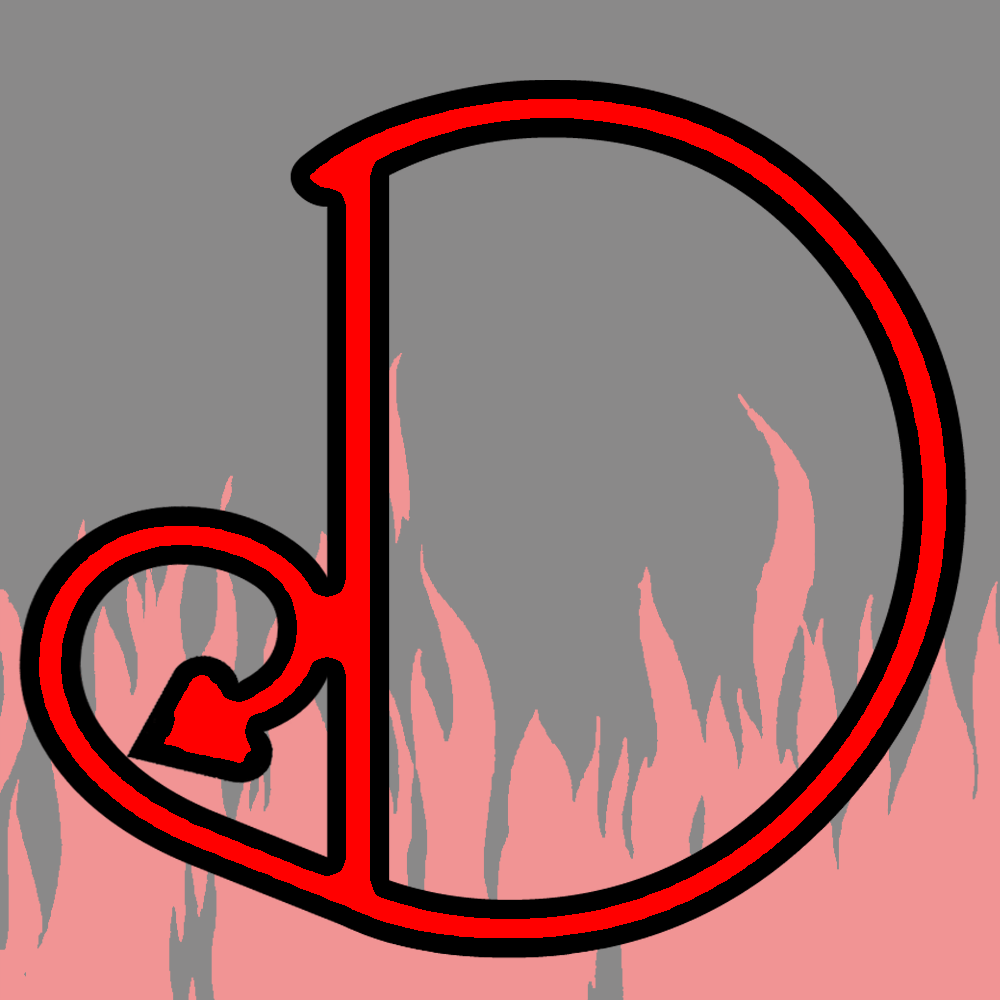Demons: What Are They “Really?”
Demons are supernatural entities, usually seen as evil (or at least chaotic and opposed to the good, orderly aspects of deity). They are often considered harmful, agents of or personifications of disease, death, and insanity, and were believed to possess people to corrupt them and force them to take evil or self-destructive actions.
The Greek word “daimon” didn’t have the evil connotation. Rather like genies or other mythic spirits, they were divine owers and sometimes messengers. Mesopotamian and Egyptian mythology had some quite powerful spirits that rivalled the powers of the gods. The main difference between demons and gods seemed to be that demons were not worshipped, and gods were.
Over time, the Jewish and Christian religions portrayed any spirit that wasn’t in service to the god Jahweh as demonic, and many demons in middle ages grimoires are gods that were on the wrong side of the Old Testament. Though many spirits that WERE in service to god were later demonized…originally even Satan was on Jahweh’s team, though that changed over the years.
Some Jewish traditions, and later the necromantic/grimoire tradition of the 1500s-1600s or thereabouts, did not assume that demons were evil, but that they were spirits that could be worked with and used by a clever magician to positive effect, in the same manner that angels could be negotiated with. Some modern interpretations of demons treat them as useful or sympathetic spirits, though this usually assumes that the reader/magician is personally willing to rebel against god in a “do what thou wilt” sort of spirit.
In summary: A demon is (usually) a spiritual creature who is (usually) either evil and harmful, or at least rebellious against god/God. They may be fallen angels, spirits from a foreign mythology or pantheon, darker servants of god/God, or other spirits that are just a bit too chaotic and troublesome to bring to dinner with the family. Many are ancient, names that predate Christianity by 3000 years or more.
Frequently Asked Questions:
Do Demons Have Solid Bodies?
Like always, that depends on who and when you ask. For most of the middle ages they were assumed to be “airy spirits,” similar to angels (who were fiery spirits) but not quite as hot and pure. In many cases they could form bodies for themselves, but on an as-needed basis.
Prior to that, demons were sometimes depicted as animals, and may or may not have had animal bodies.
While late medieval/early renaissance writers might have stuck with the “airy spirit” idea and changed the subject whenever the idea of corporeal demons came up, what scholars and theologians said didn’t line up nicely with pop culture demonology. During the demon craze of the 1400s-1600s in Europe demons were real enough to reproduce via demonic surrogate pregnancies, and real enough that witches would kiss the devil’s butt in their sensationalized midnight parties.
Whether or not demons had, or could take, a solid form, demonic possession has always been popular as a way to interact with the world and corrupt someone.
It seems that demons are as real as you need them to be to tell your story. As late as 1950, the devil danced with a girl in a Texas night club, and people have been torn apart by demons in the middle ages. It seems like the grimoire period assumed that demons were as real as they wanted to be.
Can a Demon Be Saved?
Demons are frequently considered to be fallen angels: creatures that rebelled against God, and were transformed into a new, inferior, state of being.
Some demons didn’t fall as far. Dyan Elliot mentions demons that sort of incidentally fell, perhaps they were just standing too close to Lucifer and got caught in the blast radius, or were more passive in their choices. These demons could more easily interact with humanity and weren’t necessarily damned on judgment day.
This question has come up academically through the years: obviously humans can be saved, why not demons?
The glib answer seems to be that demons could be saved if they repented and asked for salvation. But that seems unlikely and hasn’t happened yet. This makes sense if one assumes that God is omnipotent.
Another irritatingly glib answer is that demons aren’t creatures of free will, but were created as a part of a plan to perform a certain role. It is not their destiny to be saved.
The more involved answer boils down to something that resembles “humans have bodies that can change, because they are changeable creatures. Because they can change, they are creatures that can be saved. Angels and demons do not have bodies that can change. They cannot be saved.”
A more late 1800s answer might be, “do they NEED to be saved? What if a demon is just on the losing side of an argument with God?” Lucifer is the ultimate rebel and in some interpretations is still a beautiful angel. Many demons…almost all of them whose name ends in “el” or “iel”- either were angels, or still are angels, depending on who’s version of history/mythology we’re reading. Samael was the angel of death, and may still be. Ariel is listed as both an angel and a demon. If demons are simply immortal creatures who angered the wrong demiurge, then the idea of being “saved” is either irrelevant or may be like changing sides in a war.
The “real” answer is likely, “it hasn’t happened yet, there are strong arguments against it happening. But anything can happen by the will of god or in the hands of a writer.”
Useful Resources:
Elliot, Dyan: Fallen Bodies, 1999. A religious studies text and almost by definition a bit on the dry side, but a good deep dive into the threats demons posed to men, women, and clergy. Chapter 6, “On Angelic Disembodiment and the Incredible Purity of Demons” is noteworthy for both its excellent title and being a 30-page discussion on demonic corporeality through the ages.
